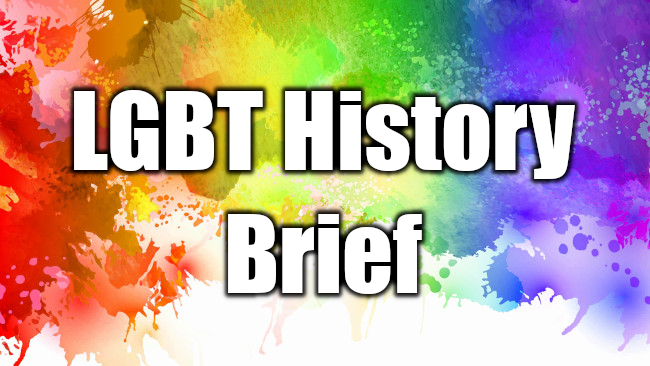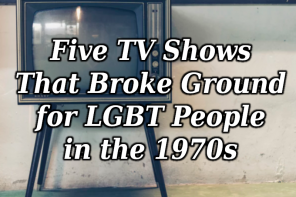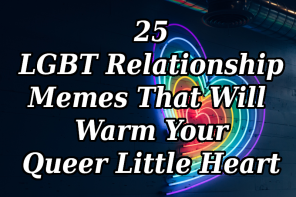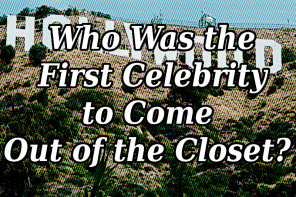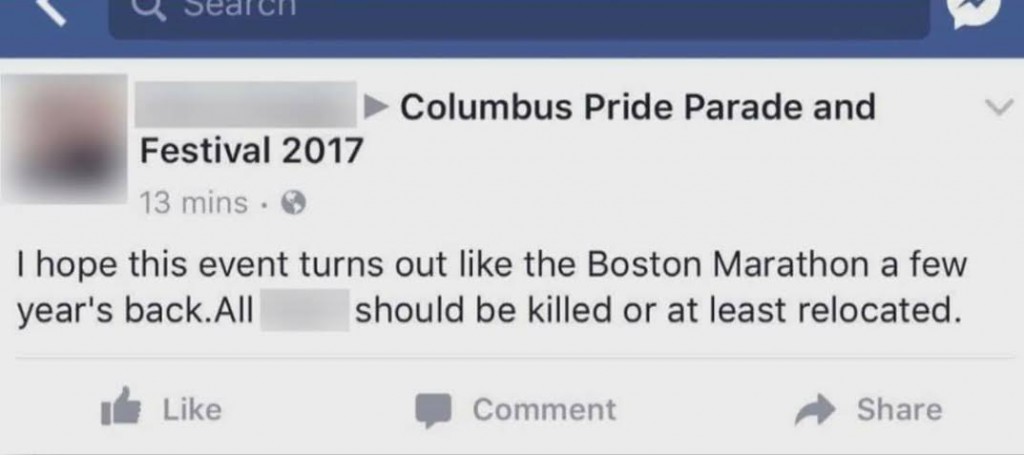Recently, we decided to put together a Field Guide for Pride Flags since so many parades now reflect an increasingly diverse crowd. So many people from every corner of the LGBTQIA+ community have embraced flags as a way to show their pride. From the original Rainbow Flag there has grown this incredible movement of designers, artists, tailors, seamstresses and advocates to create flags for other communities.
Originally, I thought starting off the with well-known Rainbow Flag in my original article would be the easy part, but the truth is that it’s a bit more complicated.
During the celebration of the 40th anniversary of the flag’s creation, Lynn Segerblom began speaking out about what she claimed was the real story behind the flag. “It was a three-person idea” she says simply, stating credit belongs to Baker, herself and fellow activist James McNamara.
In Baker’s memoirs, he recounts the birth of the flag this way:
“Artie began to press me to come up with a new symbol for what he had called ‘the dawn of a new gay consciousness and freedom.’ Both he and Harvey [Milk] had brought this up to me before.”
“As Artie implored, I looked at the flags flying on the various government buildings around the Civic Center. I thought of the American flag with its thirteen stripes and thirteen stars, the colonies breaking away from England to form the United States. I thought of the vertical red, white, and blue tricolor from the French Revolution and how both flags owed their beginnings to a riot, a rebellion, or revolution. I thought a gay nation should have a flag too, to proclaim its own idea of power.”
Later that week, he was out dancing with Cleve Jones and was struck by the diversity in the club. “We were all in a swirl of color and light,” he writes in his book. “It was like a rainbow. A rainbow. That’s the moment when I knew exactly what kind of flag I would make.”
Lynn Segerblom remembers it a bit differently. She says the rainbow idea was hers due, in part, to her obsession at the time with rainbows. “I loved rainbows,” she said, “Back in those days, I changed my name to Fairie Argyle Rainbow.”
Paul Langlotz is a fellow activist and was a friend of James McNamara. When Langlotz appeared in a panel alongside Segerblom, he openly referred to her as “the woman who came up with the idea of the rainbow flag.”
Glenne McElhinney was a fellow member of the 1978 parade committee that worked on the flags. She also remembers it being a group idea. “I loved Gilbert,” she says. “Gilbert had always been a friend of mine. But he wasn’t the gay Betsy Ross. He didn’t do it all by himself.”
To be fair to Baker, he never attempted to copyright or restrict the use of the iconic design. He never even patented the design and so he wasn’t rolling in royalties. It certainly gave him credence as an artist when it was adopted by the larger gay community, but that didn’t happen for several years after he revealed the design. He was also quick to credit both Segerblom and McNamara when discussing the creative process.
All that begs the question as to how much it matters who gets the credit – but that’s an easy thing to say when you’re not the one being cut from history. Still, in interviews Segerblom doesn’t speak poorly of Baker. She simply corrects the record – that it was a shared idea – and moves on.
The details of its creation may be in dispute, but one thing everyone agrees on is that the flags were completely a community project. The three originators of the idea along with several other volunteers spent weeks hand dyeing strips of cloth, rinsing them on their apartment rooftop and lugging them to a local laundromat to dry. Once dried, they were sewn into flags – an undertaking that took three people working almost around the clock to complete in time.
“The flags were made out of love,” McEihnney remembers, “We knew it was special, we just didn’t know how special.”

